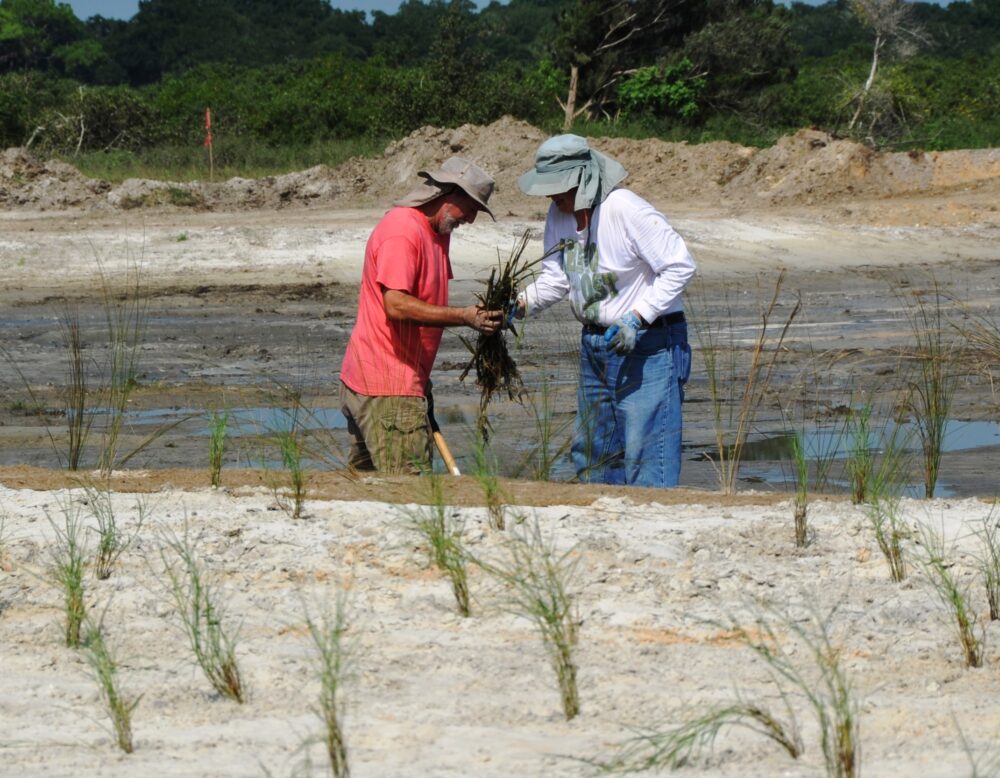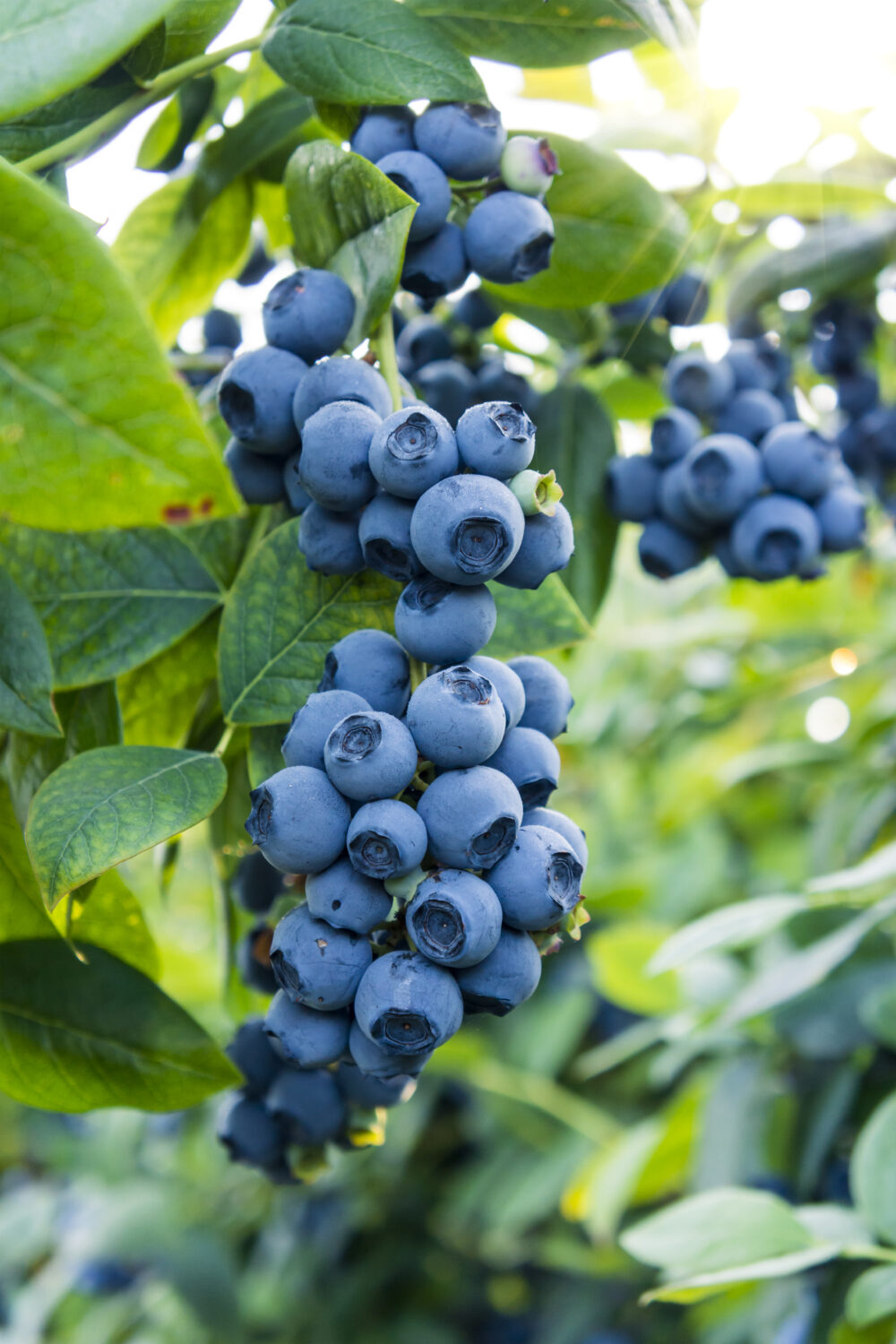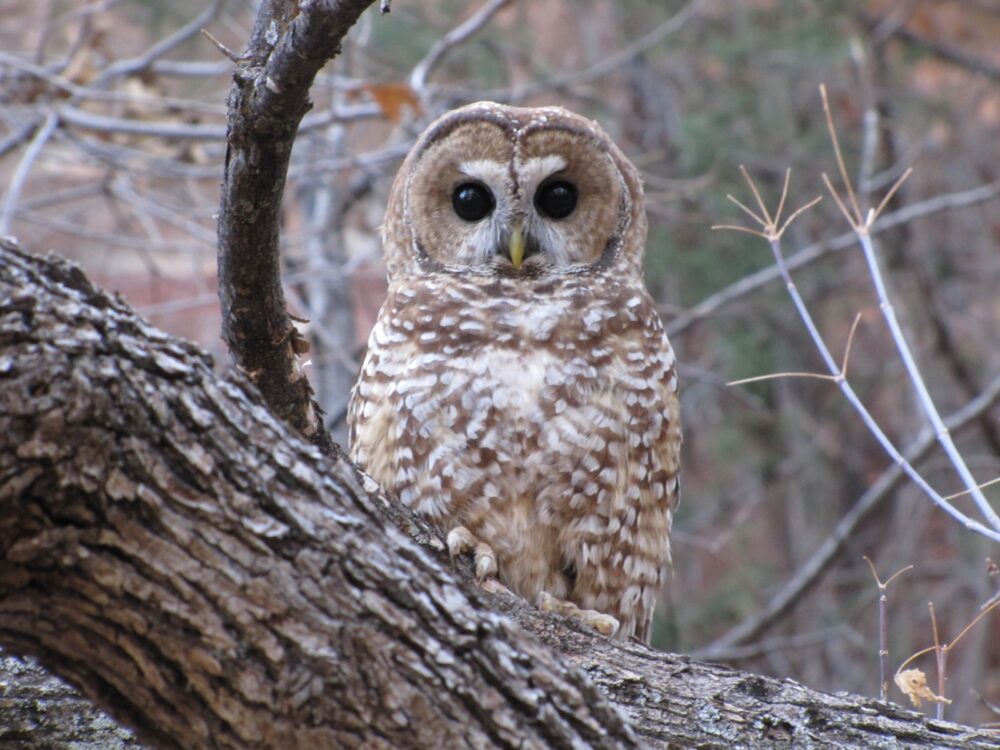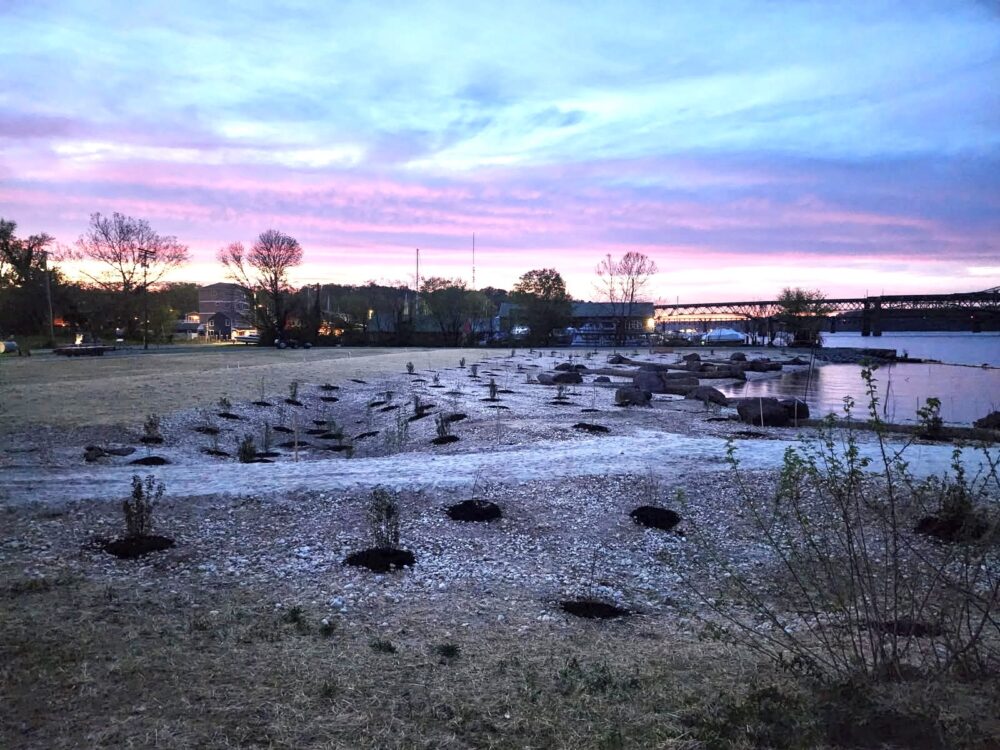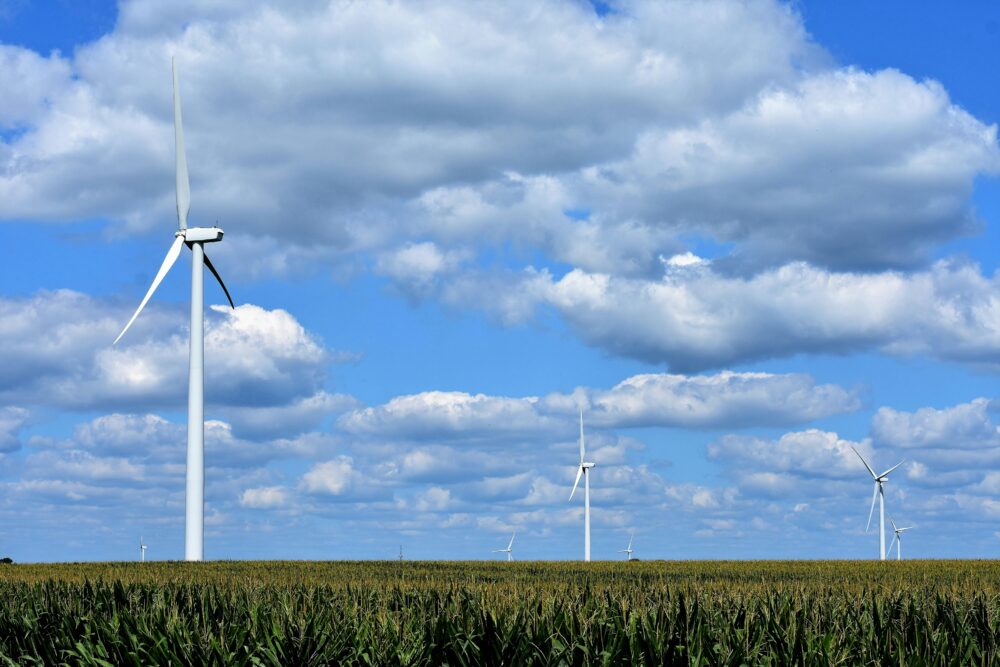We have much more to do and your continued support is needed now more than ever.
Forage Fish are the Unsung Heroes of the Sea
Celebrate World Ocean Day and take action for these small but mighty fish.

What are Forage fish?
Forage fish are small schooling species that serve as prey (food) for larger fish, marine mammals and sea birds. Forage fish are critical to healthy marine ecosystems because they serve as a key link in the food web, transferring energy from plankton to the larger predators.
They also play an important role in the commercial and recreational fishing industries, as they are a primary food source for fish such as tuna, salmon, and cod. In addition to being a primary food source for larger predators in the ocean, they are also harvested by humans for things like fishmeal, fish oil, and for human consumption.

Some common forage fish species include:
- Anchovies: There are more than 100 species of anchovies. They are a favorite food for sharks, salmon, and humans—on pizza.
- Herring: There are nearly 200 species of herring. Flounder, cod and haddock feed on their eggs, and people also enjoy them pickled, salted and smoked.
- Sardines: There are 21 species that can be classified as sardines, particularly for commercial purposes. In the ocean, they are prey for dolphins, seals, penguins, sharks, and coastal birds, including terns and pelicans.
- Menhaden: There are four species of North American Menhaden. They are a favorite food of striped bass, bluefish, osprey, and eagles.
Are Forage Fish Populations at Risk?
The Forage Fish Conservation Act was introduced in the U.S. Senate in 2021, and was reintroduced to the House in September 2024 to “strengthen key protections for fisheries and promote responsible management of forage fish.” Forage fish populations have experienced significant declines because of human activity, including commercial and recreational fishing, and currently there are very few management practices in place to ensure the forage fish populations remain abundant and healthy.
Pollution, including plastic pollution, is also a threat to marine animals, including forage fish populations. According to the Center for Biological Diversity, fish in the North Pacific take in 12,000 to 24,000 tons of plastic, including microplastics, annually, which can result in intestinal injury and ultimately death. Sharks and other fish are vulnerable to microplastics since they bring in water through their gills.
Additional threats to these small fish include warming ocean temperatures and changing current patterns.
“Once-plentiful schools of sardines, herring, anchovies and other small fish—which feed sea lions, birds and a host of other animals—have declined severely off the West Coast of the U.S. In the past decade, sardine populations have plummeted by more than 90 percent, and anchovy populations have decreased from over 1 million tons to as low as 22,000 tons, as stated by scientists”, according to National Wildlife Federation (NWF) magazine, National Wildlife.
Forage Fish Declines Impact Predator Populations
Whether declines in forage fish populations are caused by overfishing, pollution, warmer water temperatures or other causes, these declines will directly impact the marine animals that depend on them as a food source.
“Wildlife rehabilitators have found thousands of dying sea lion pups in central and southern California. The state’s brown pelicans have had difficulty breeding, and scientists have counted hundreds of dead or dying tufted puffins on the Pribilof Islands off the coast of Alaska. While these events may seem unrelated, all have the same culprit: starvation on an unprecedented scale because of declines in forage fish.”









And some of the predator species that rely on these small fish are already at risk. A few of these vulnerable species include:
- California Least Tern – Listed as Endangered by the U.S. Fish and Wildlife Service
- Rufa Red Knot – Listed as Threatened by the U.S. Fish and Wildlife Service
- Atlantic Puffin– Listed as Vulnerable by the IUCN Red List
- Rice’s Whale – Listed as Endangered by the U.S. Fish and Wildlife Service
- Blue Whale – Listed as Endangered by the U.S. Fish and Wildlife Service
- Humpback Whale – Certain populations listed as Endangered by the U.S. Fish and Wildlife Service
- Hawaiian Monk Seal – Listed as Endangered by the U.S. Fish and Wildlife Service
- Northern Fur Seal – Listed as Vulnerable by the IUCN Red List
- Steller Sea Lion – Listed as Near Threatened by the IUCN Red List
The U.S. Endangered Species Act (ESA) protections are enforced at the federal level by the U.S. Fish and Wildlife Service (USFWS) and the National Marine Fisheries Service (NMFS) for certain marine species. The International Union for Conservation of Nature’s (IUCN) Red List provides conservation status assessments for species globally that are used by governments internationally to determine protections.
NWF Affiliate Partners Help Advance Efforts to Protect Forage Fish
NWF works with 52 state and territory affiliates—autonomous, nonprofit organizations that take the lead in state and local conservation efforts and collaborate with NWF to conduct grassroots activities on national issues.
Virginia Conservation Network, NWF’s Virginia affiliate, has been actively pressing for a population study of the current Chesapeake Bay menhaden stocks to better understand why their populations are experiencing declines. A priority of VCN is migratory fish conservation due to their critical economic, ecological, and recreational importance to Virginia.
Migratory fish species, including the menhaden and American shad (also forage fish species) are facing many challenges including reduced water quality and loss of habitat. Learn more about VCN’s work on migratory fish conservation.
NWF’s Florida affiliate, the Florida Wildlife Federation (FWF), is a member of the Forage Fish Coalition, an effort to bring attention and resources to the research and conservation of forage fish, which are often underappreciated and overlooked saltwater fish. Read FWF blog Little Fish – Big Deal: Program Seeks to Uncover the Secrets of Florida’s Forage Fish, and their forage fish infographic.
NWF’s Marine Program also advocates for forage fish protections by participating in a national forage fish coalition and supporting passage of the federal Forage Fish Conservation Act.
Take Action to Protect Forage Fish

- Celebrate World Ocean Day on June 8 by educating your family and friends about the benefits of healthy forage fish populations and their important role in marine ecosystems.
- Adopt a storm drain. Adopting a storm drain is a simple and fun way you can remind others to keep trash and chemicals that harm wildlife out of our local waterways and oceans.
- Help keep the oceans clean from plastic pollution. Find out what your plastic eco-score is and adopt a new habit to reduce plastic waste and help keep plastic out of the streams, rivers, and oceans. Learn about wildlife impacts from plastic pollution.
- Contact your public official and advocate for the Forage Fish Conservation Act. NWF’s Action Fund Advocacy Toolkit provides guidance on the many ways to share your message of support with friends, family, public officials, media outlets, and more.


Read more about forage fish in National Wildlife magazine article Ensuring a Moveable Fish Feast.



